Space exploration trips are always very dangerous missions. People are sacrificing their lives due to catastrophic accidents in these special missions.
Disaster has occurred in space for nearly 100 years
Space Shuttle Challenger
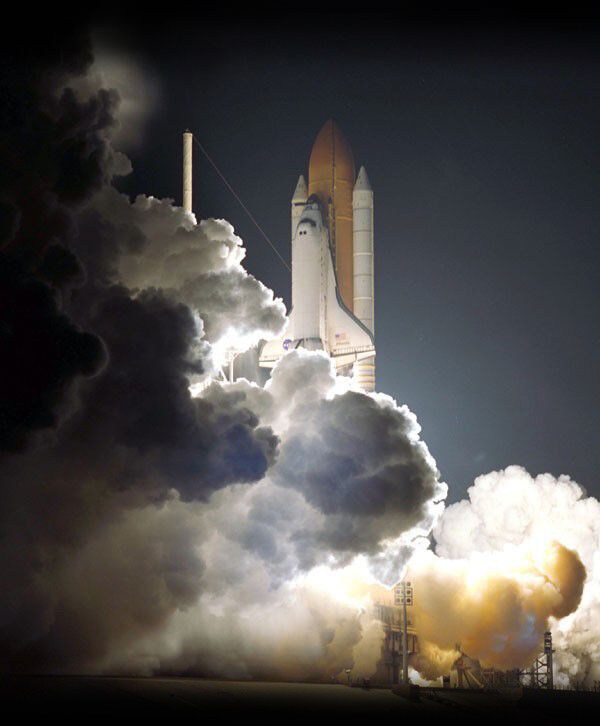
Suffering day : January 28, 1986
The shuttle Challenger exploded after only the first 73 seconds of its mission, leading to the death of seven astronauts on board. The cause of this disaster is because rubber gaskets in a rocket have been damaged due to low temperatures at night.
Columbia Space Shuttle
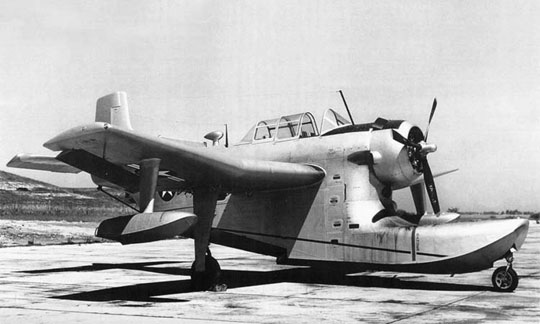
Suffering day : February 1, 2003
After two weeks of successful missions, the shuttle Columbia was in distress while returning to the earth's atmosphere, carrying seven lives of astronauts on board. Tragedy occurred because during operation, a piece of foam broke and damaged the wing of the ship. This caused the ship to burst under tremendous pressure when it entered the atmosphere.
Apollo 13 spacecraft

Suffering day : April 13, 1970
The shuttle's mission became famous at that time because of the message 'Houston, they had a problem. 'Sent to earth. And this malfunction almost ruined Apollo 13's mission with an explosion on the ship. If it weren't for the moon module that provided the conditions to support life and thanks to the moon's gravity, the Apollo 13 crew could not return to Earth.
Means of researching and training the landing on the moon
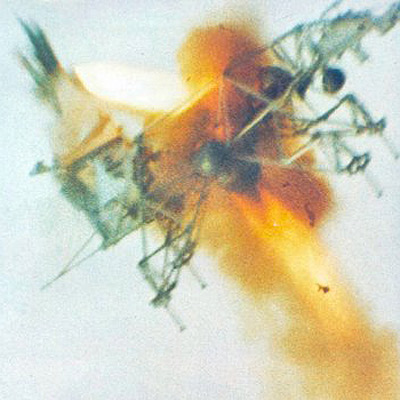
Suffering day : January 29, 1971
Testing and testing of research and training equipment for landfall on the moon was a dangerous task, and three of the 5 devices were malfunctioning and self-destructive. At the same time, the device exploded as soon as the pilot Stuart pressed the push button (to escape the device) in his seat.
Apollo 1 spacecraft
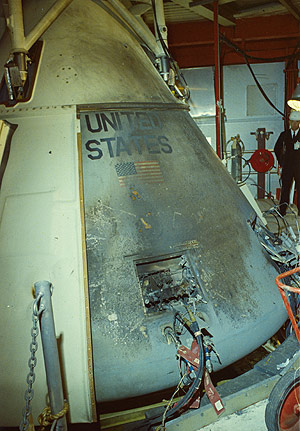
Suffering day : January 27, 1967
Three astronauts were killed in a training for the Apollo 1 mission. The cause of the accident was quite rare when a fire from a short circuit spread rapidly in the cabin filled with the spacecraft's pure oxygen. .
Albert II
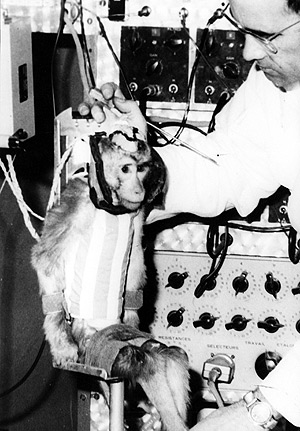
Suffering day : June 14, 1949
Albert II is not the name of a spaceship but of a monkey. It was the first monkey to enter space with an American V2 rocket. Albert had a successful trip into space, but unfortunately it was killed while returning to Earth when the missile broke down and Albert's parachute did not turn out.
Soyuz 11

The date of the accident: June 30, 1971
Returning to the earth's atmosphere is always a very dangerous thing, even if the ship lands successfully. When Soyuz 11 landed successfully, it was discovered that the entire crew of three members of the Soyuz 11 was dead. The cause is said to be due to great pressure and sudden landing.
Liberty bell
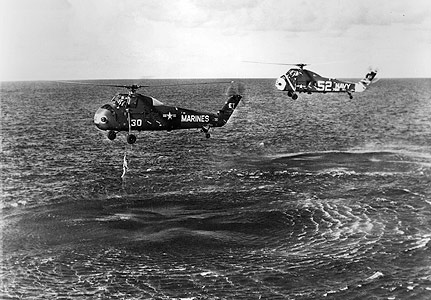
Suffering day: July 21, 1961
Astronaut Gus Grissom escaped death in gangs when the Liberty Bell 7 spacecraft fell into the sea after entering the earth's atmosphere. An elite rescue squadron was dispatched to rescue, but before it was safe, Grissom struggled to remove the safety equipment, and then managed to get in the space suit. filled with water.
Test project Apollo soyuz
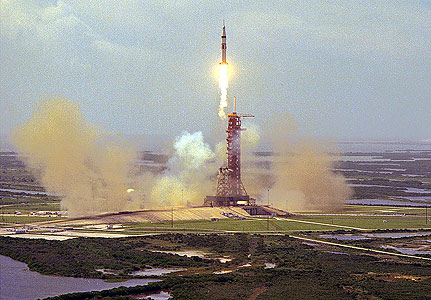
During the final landing of the Apollo-Soyuz Test Project (a joint program between Russia and the US), the ship emitted a deadly toxic nitrogen tetroxide gas. This gas then followed the gas pipes back into the ship's cabin, poisoning the crew. Although all members of the chamber were poisoned, the lungs were severely damaged, and one person had stopped the heart, but thanks to the emergency deployment of oxygen masks, all were rescued and recovered only 2 weeks. later.
Laika
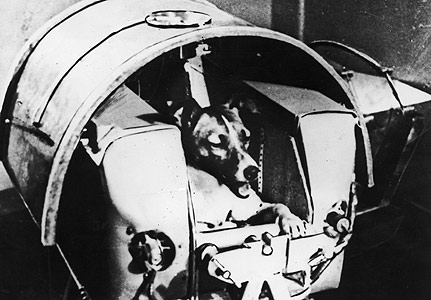
Suffering day : November 3, 1957
Laika is the name of a dog, it is famous for being a member of his family that is present on Russia's Sputnik 2 spacecraft. Scientists had no intention of returning Sputnik 2 to Earth, so Laika's fate was also decided when the ship took off. But the dog's sacrifice was the basis for scientists to believe that humans could be safe in space flights. A statue honoring Laika dog is currently located in Moscow.
Juno II rocket

Juno II rocket launched on July 16, 1959 to bring Explorer S1 satellite into orbit. But only a few seconds after the launch, the rocket turned almost 180 degrees, soaring towards the input launcher. Authorities are forced to blast missiles to protect those present in the area. From December 1958 to May 1961, five of the ten Juno II missiles experienced problems during the boot process.
Proton-M boosters

The Russian rocket, Proton-M, exploded just 17 seconds after leaving the launch pad on July 2, 2013 at Baikonur Space Center, near Kazakhstan. Although there were no human casualties, the $ 200 million cost for GLONASS positioning satellites was lost.
Missile Titan IV

The date of the accident : August 12, 1998
Titan IV's missile series of Lockheed Martin rocket manufacturing exploded in flight on August 12, 1998. As he flew forward, one of the solid boosters broke out and exploded.
Zenith-3SL missile

American missiles fell into the ocean just a few seconds after taking off from the launch pad on 1/2/2013. It is thought that the cause of the explosion was because the engine was installed an unsecured device from abroad. This explosion caused much damage to the launch pad.
 Van Allen's belt and evidence that the Apollo 11 mission to the Moon was myth
Van Allen's belt and evidence that the Apollo 11 mission to the Moon was myth The levels of civilization in the universe (Kardashev scale)
The levels of civilization in the universe (Kardashev scale) Today Mars, the sun and the Earth are aligned
Today Mars, the sun and the Earth are aligned The Amazon owner announced a secret plan to build a space base for thousands of people
The Amazon owner announced a secret plan to build a space base for thousands of people